
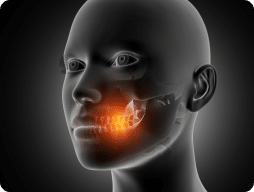



treatment process
1
During your first visit, the dentist will review your medical history and perform a thorough examination of your jaw, teeth, and bite. They may also take X-rays or other imaging tests to better understand the condition of your temporomandibular joints.
2
Based on the examination and any diagnostic tests, the dentist will diagnose the cause of your TMJ disorder and discuss treatment options with you.
3
Initially, the dentist may recommend conservative treatments to alleviate symptoms. These may include lifestyle changes, such as avoiding hard or chewy foods, practicing stress-reduction techniques, or applying heat or ice packs to the jaw.
4
In some cases, medications may be prescribed to relieve pain and inflammation associated with TMJ disorders. These may include nonsteroidal anti-inflammatory drugs (NSAIDs), muscle relaxants, or corticosteroids.
5
Dental treatments may be recommended to correct bite abnormalities or tooth misalignment that contribute to TMJ disorders. This may include orthodontic treatment, dental splints or mouthguards, or dental restorations to correct uneven or damaged teeth.
6
Physical therapy exercises and techniques may be prescribed to improve jaw function, reduce muscle tension, and increase jaw mobility. These exercises may be performed at home or under the guidance of a physical therapist.
7
In severe cases of TMJ disorder that do not respond to conservative treatments, surgery may be considered. Surgical options may include arthrocentesis (joint fluid aspiration), arthroscopy (minimally invasive surgery), or open-joint surgery to repair or replace the temporomandibular joint.
8
Regular follow-up visits will be scheduled to monitor your progress and adjust your treatment plan as needed.


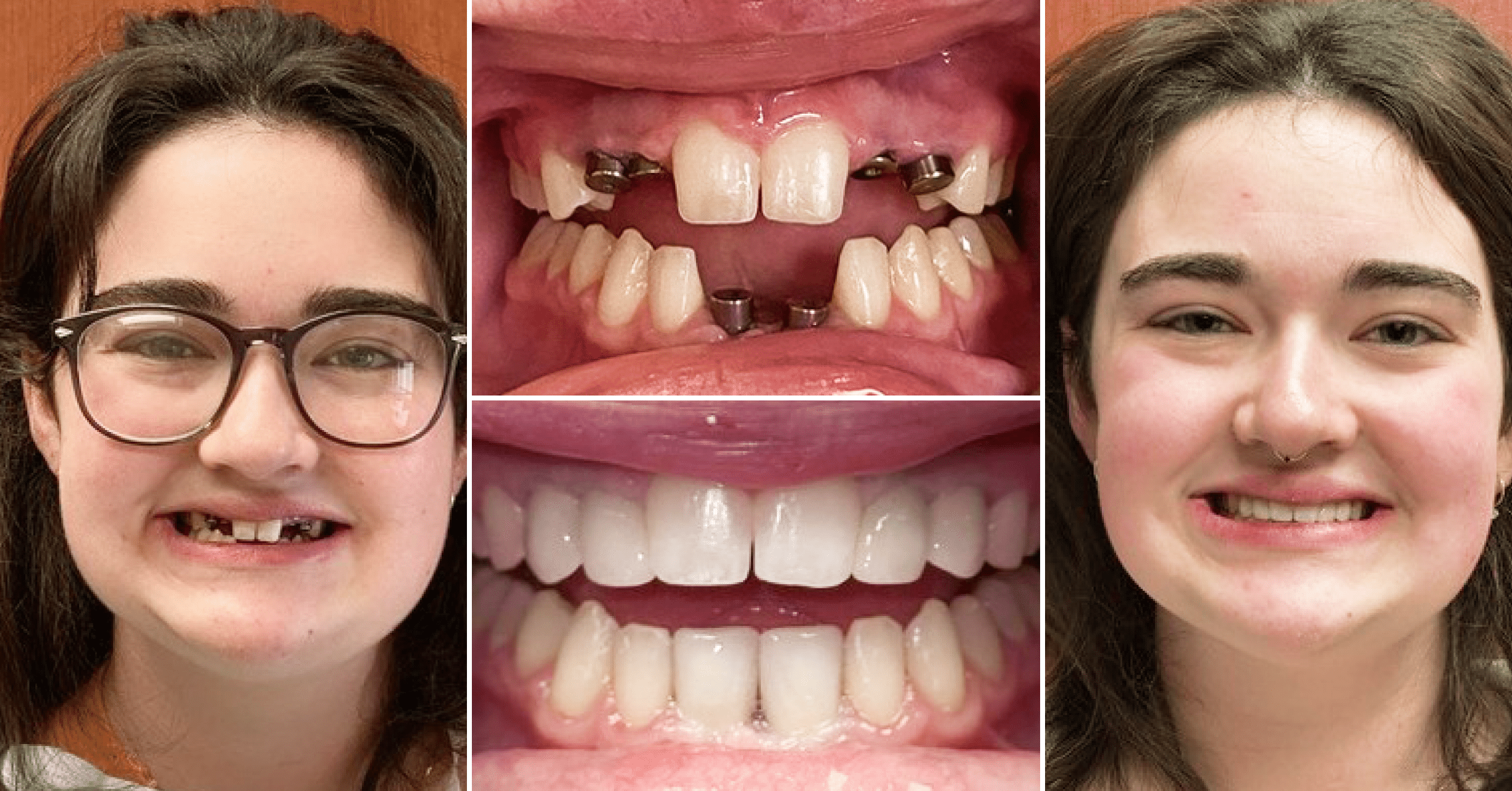
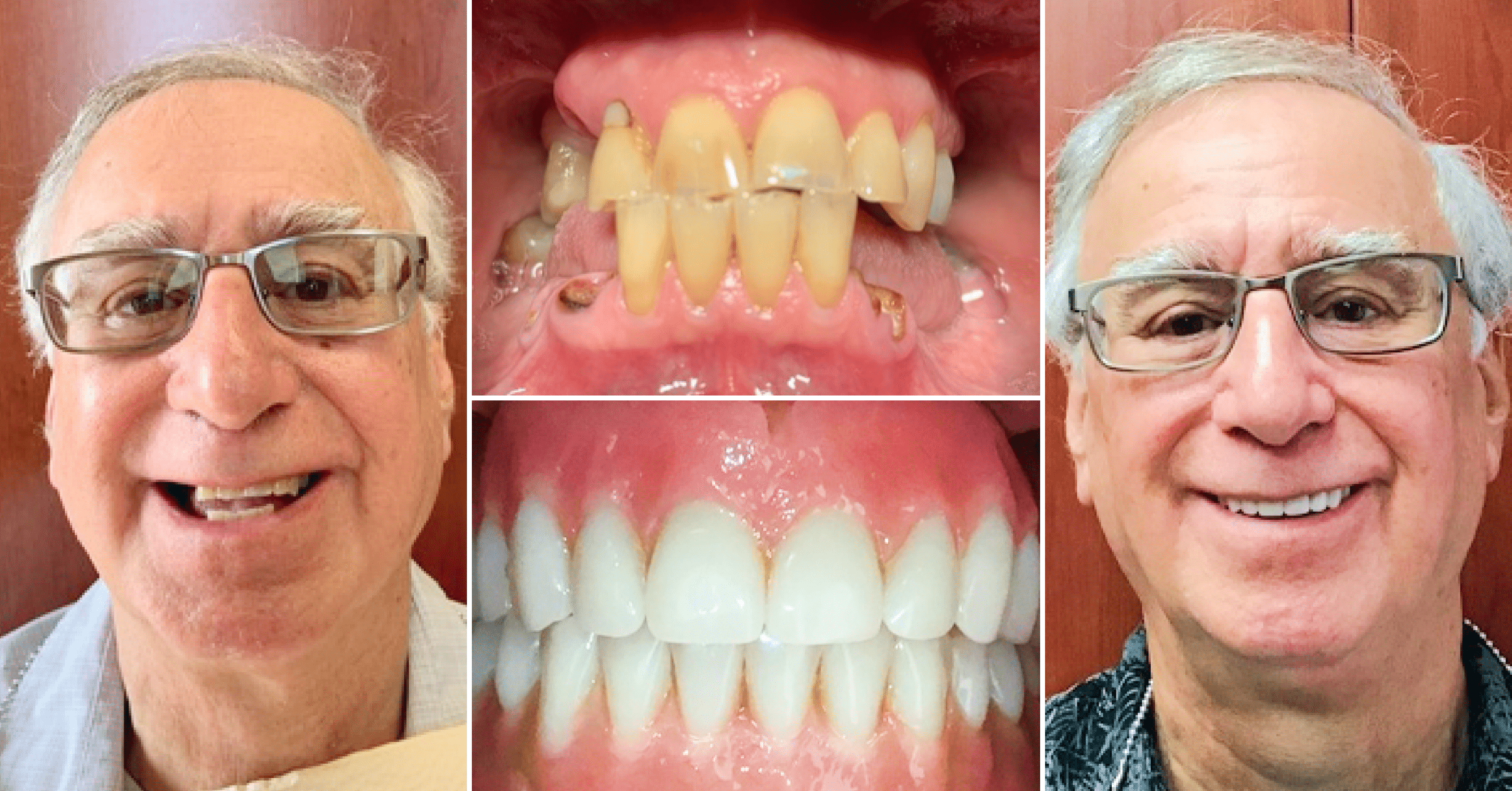
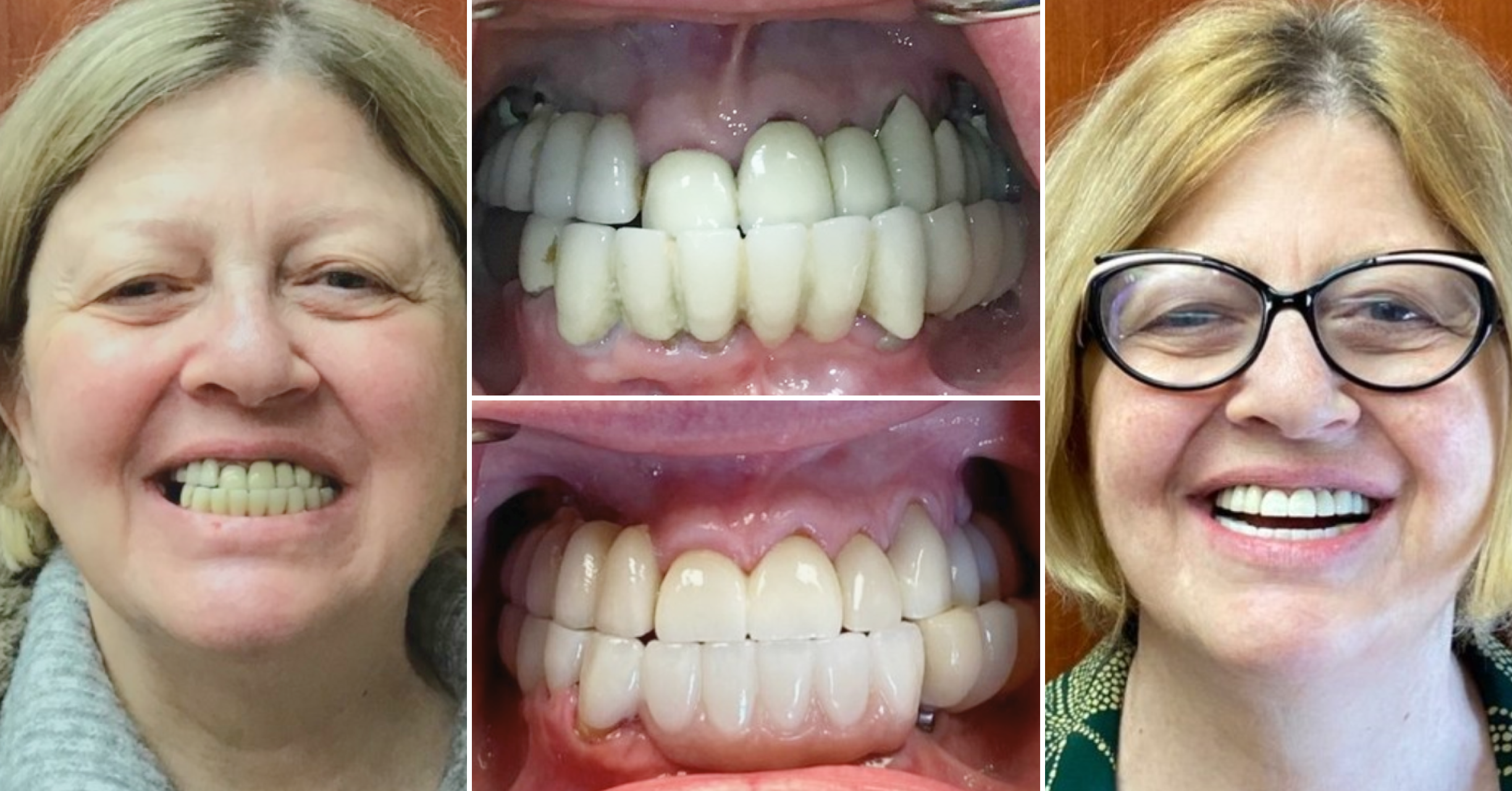

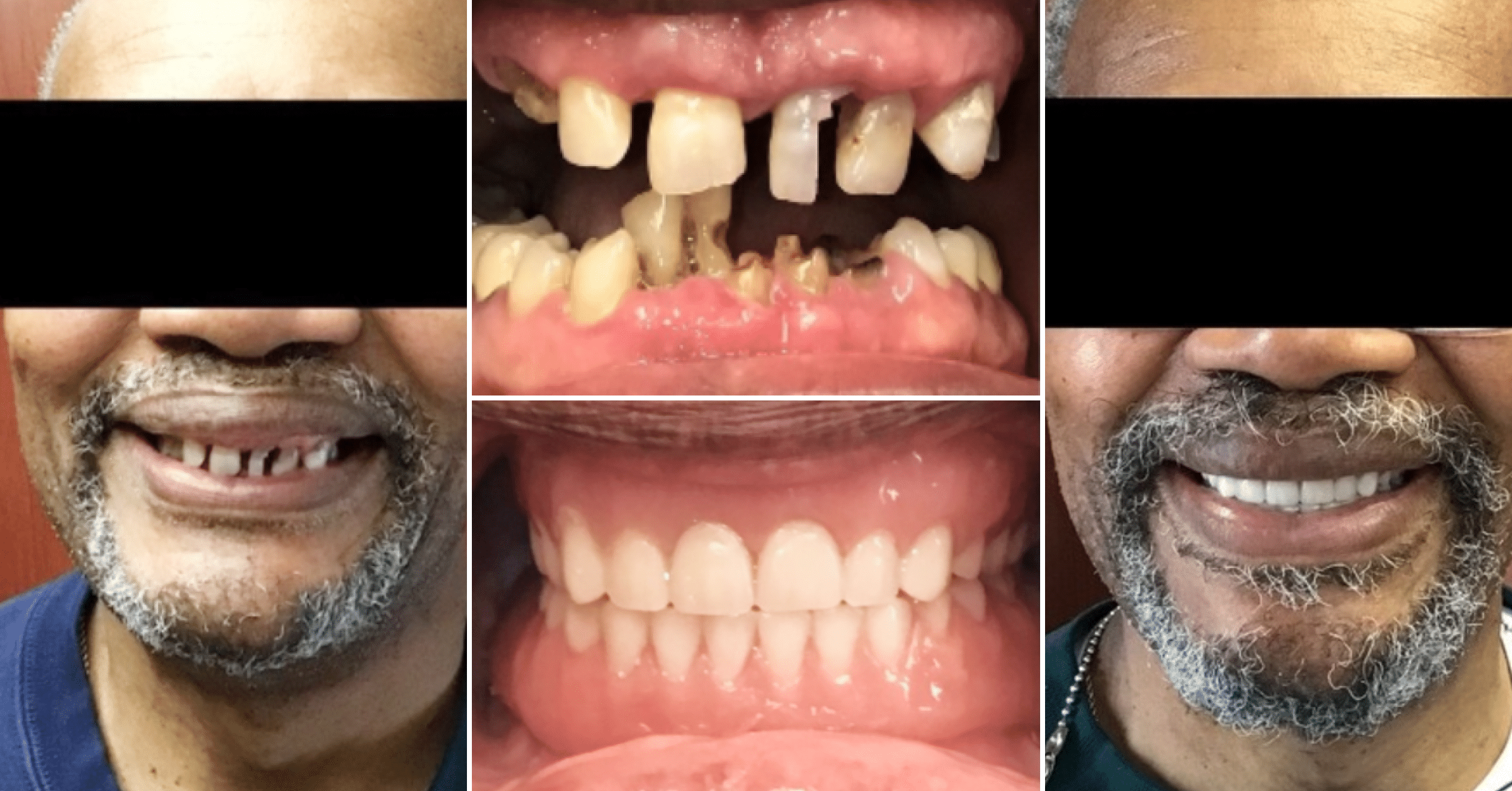
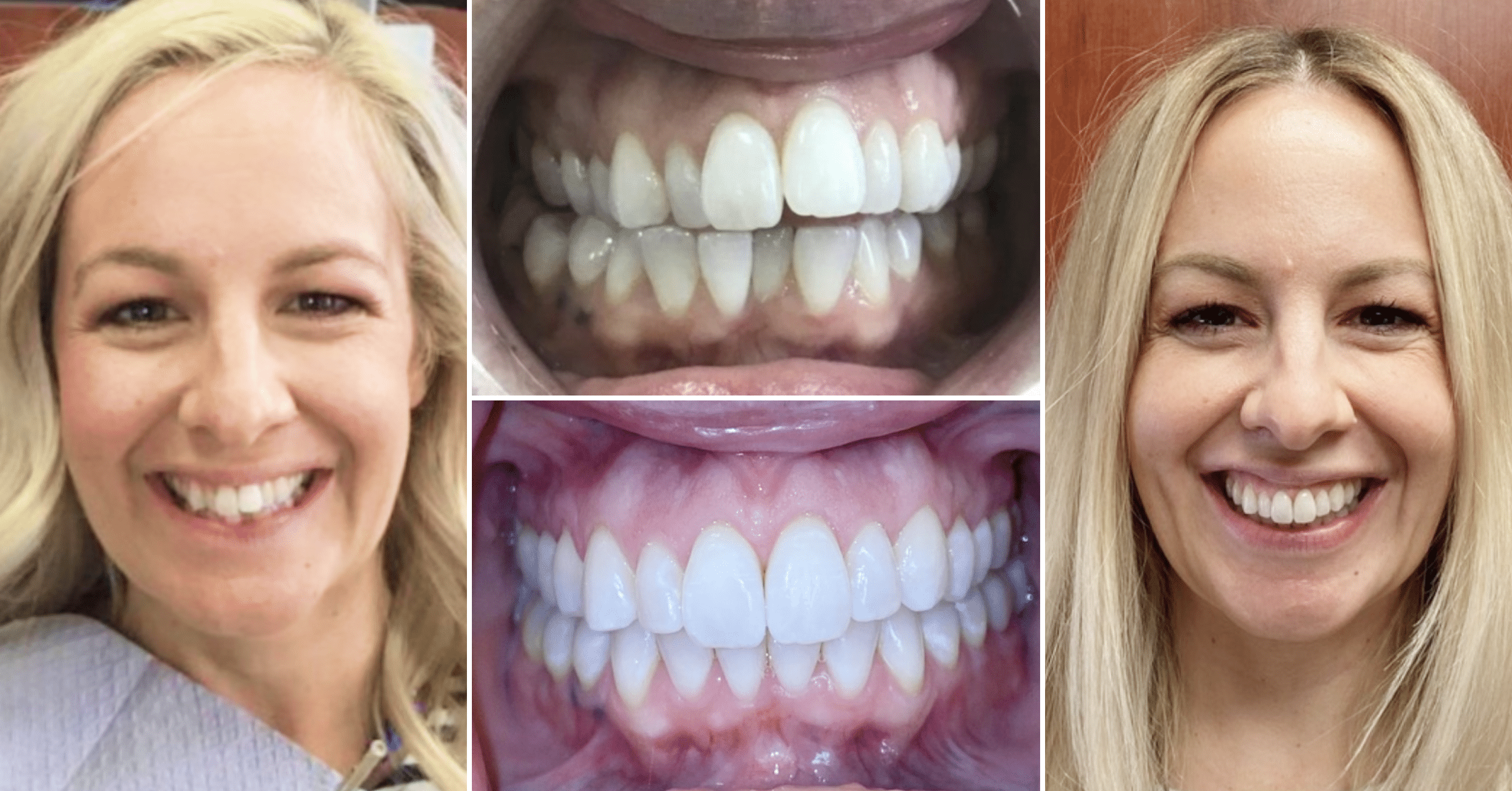
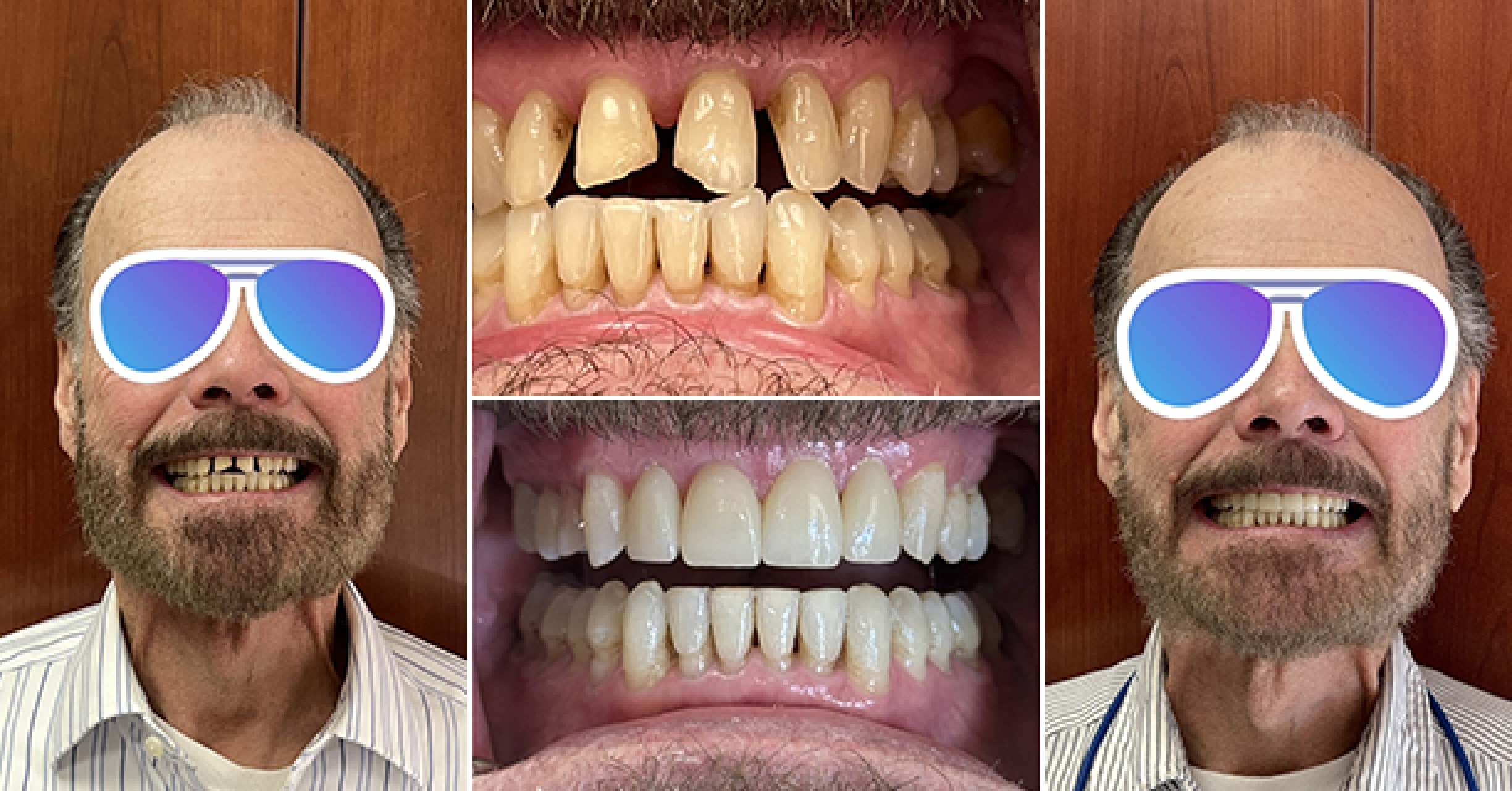
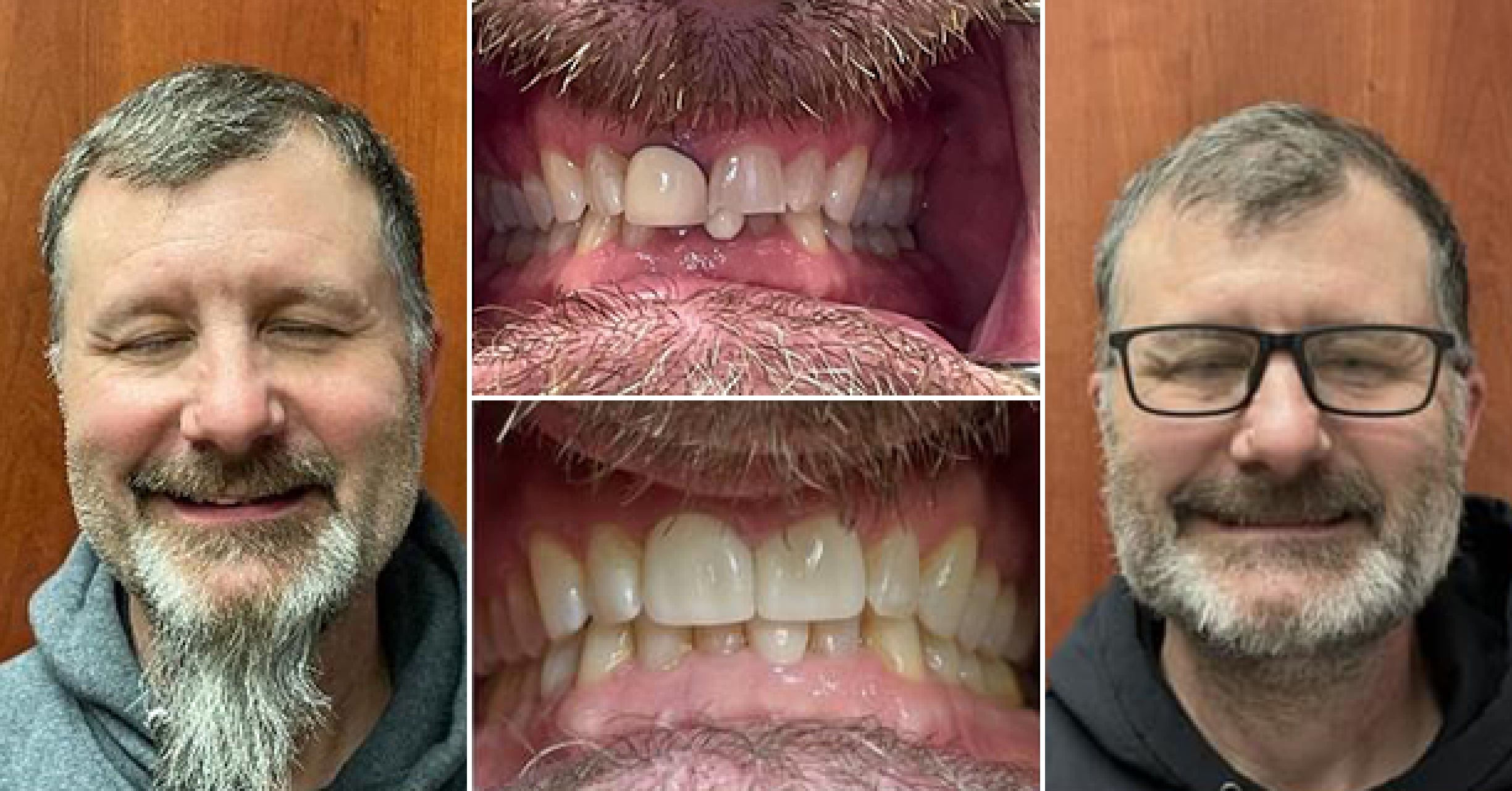
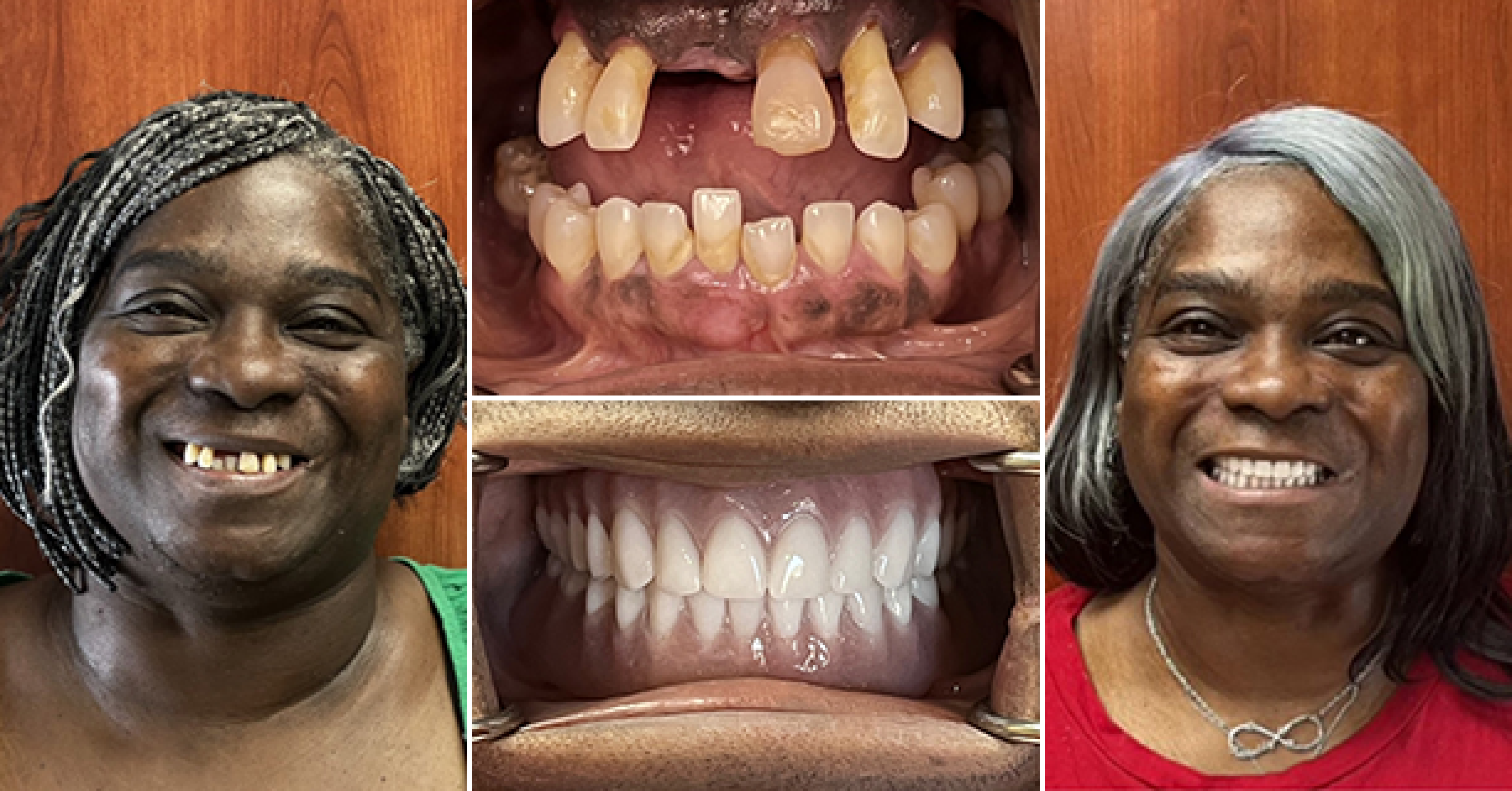
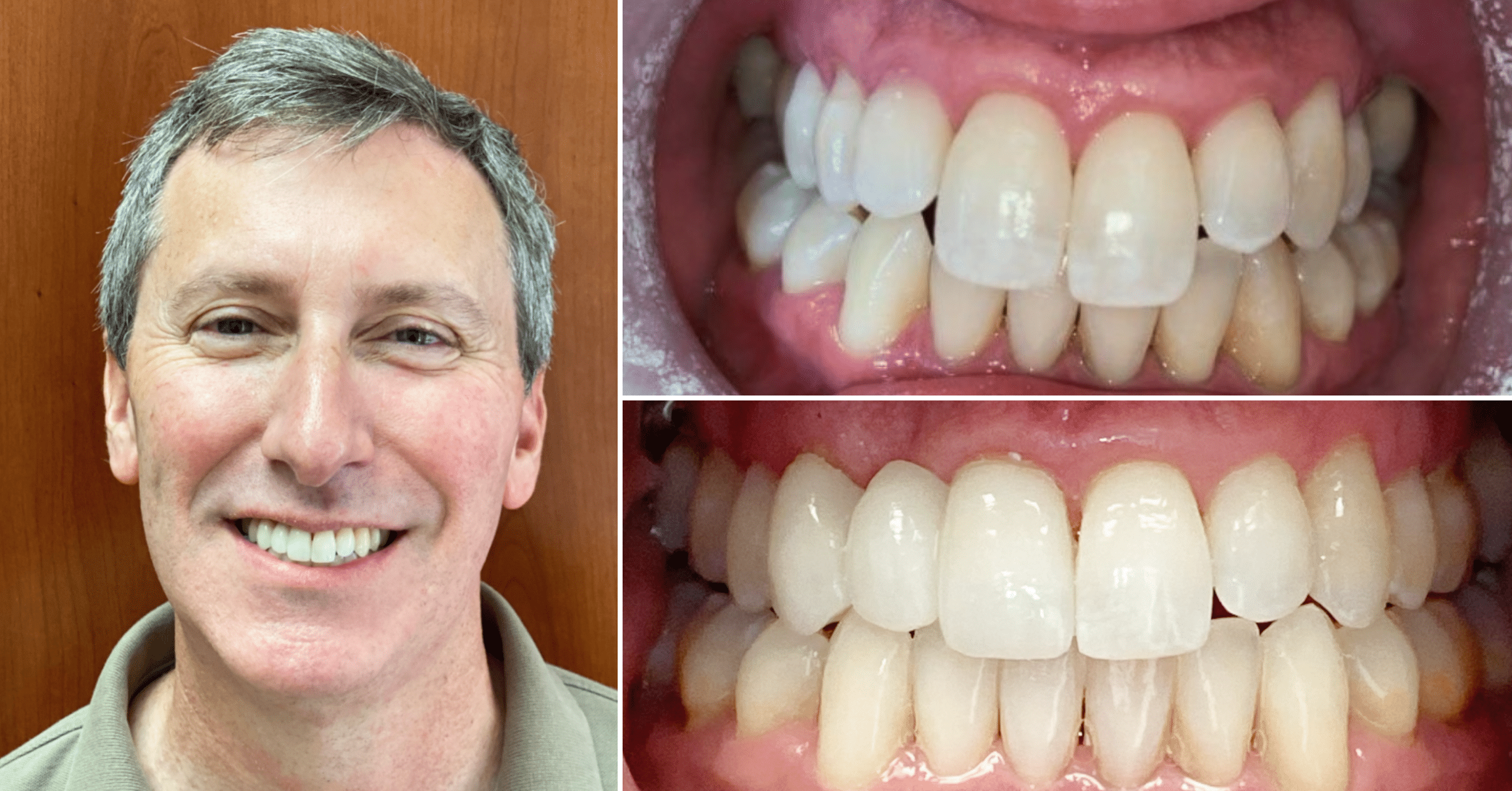



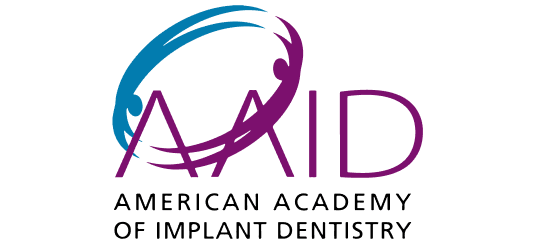





Where we give people a reason to smile. Our team is dedicated to providing Dental Care that works best for your lifestyle.